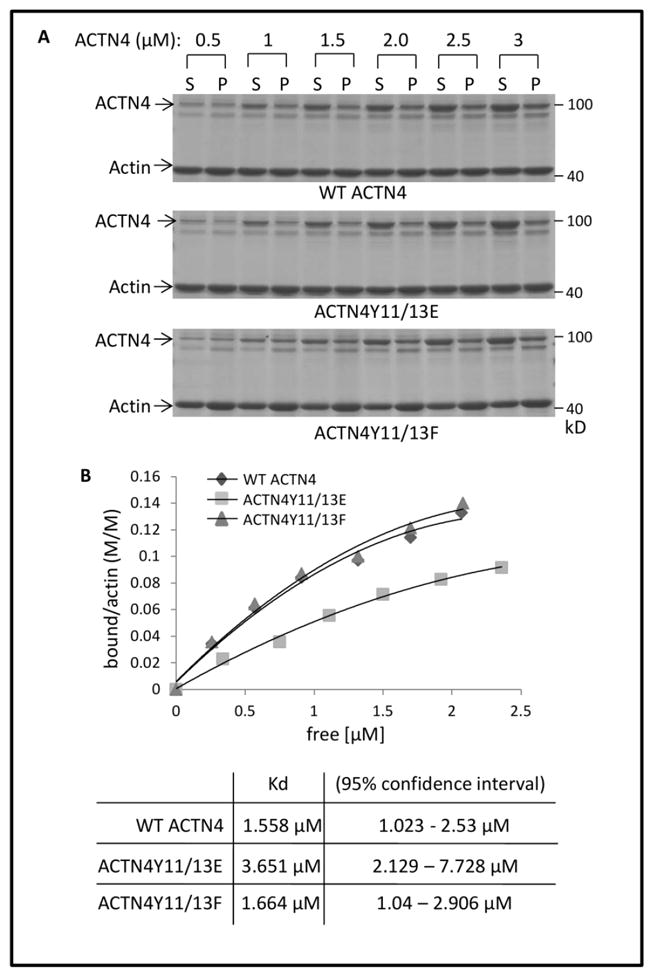Fig 5. ACTN4Y11/13E decreases its binding activity to actin.

(A) WT and mutant ACTN4 purified from bacteria were incubated with actin in the presence of ATP at room temperature for 1h followed by ultracentrifugation and SDS-gel electrophoresis. After staining with coomassie blue G250 and destaining, the densities of ACTN4 protein bands were quantified using Image J software. S and P stand for soluble and insoluble (in pellet) ACTN4 protein, respectively. (B) Saturation binding curves were generated by nonlinear regression from quantified results of coomassie-blue stained polyacrylamide gels.
